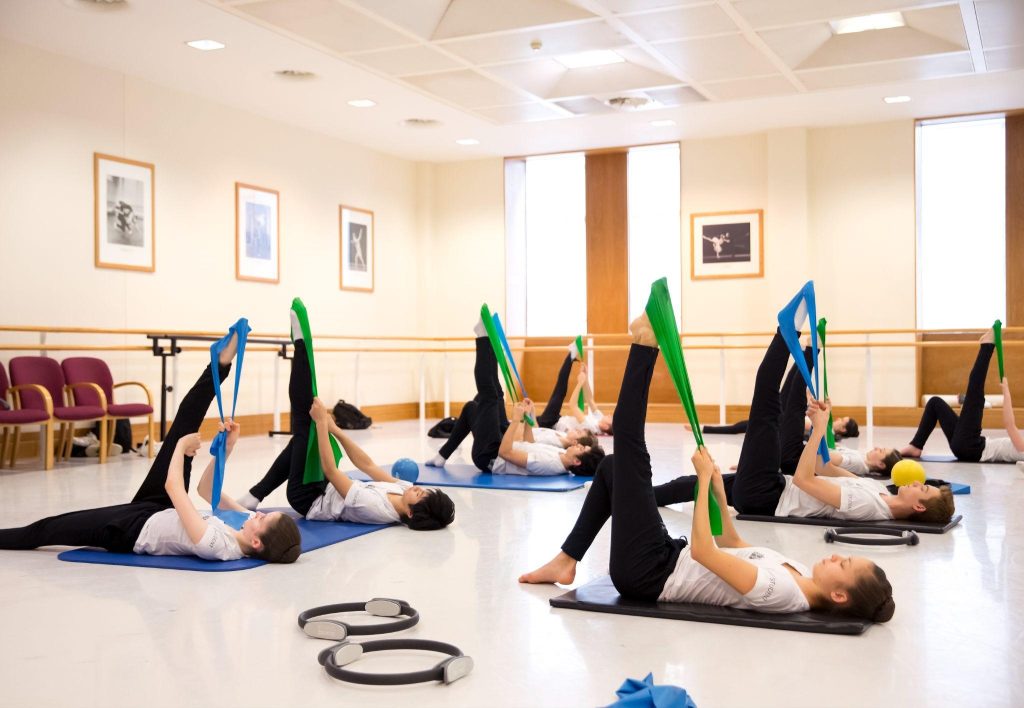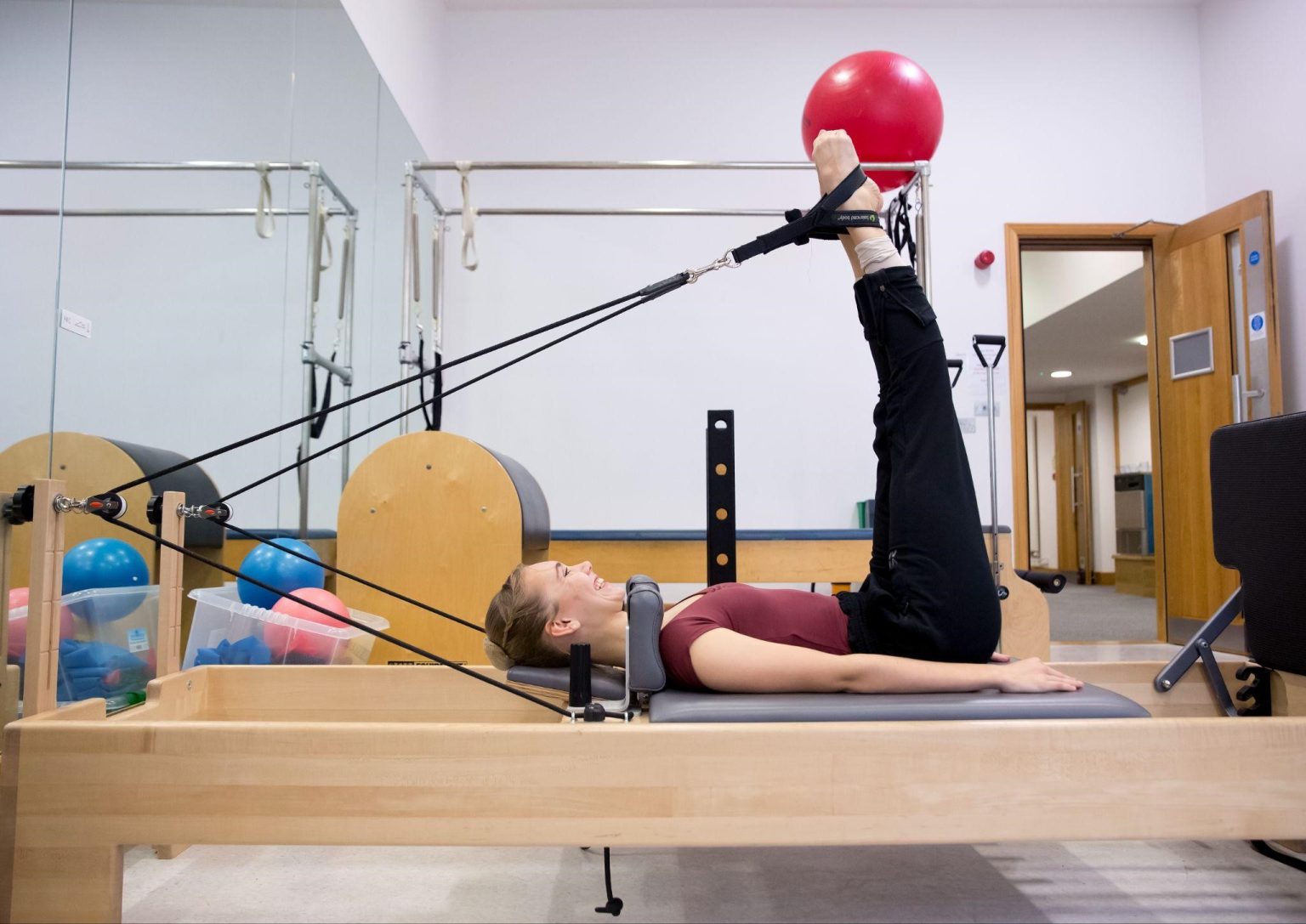Dancers looking to perform with classical and contemporary ballet companies must show excellent artistry, athleticism, and physical versatility — especially given that the ballet world can be particularly competitive. That’s why The Royal Ballet School ensures each of its dancers has the mental resilience and fitness training they need to keep up with demanding performance schedules.
During their eight-year course, students learn how to take care of both their bodies and minds so they can understand, minimise, and manage injuries, performance anxiety, and the disappointment of not securing a particular role. To guide students on this journey, the School’s healthcare team commits itself to shaping students not only into outstanding dancers and athletes but also into resilient, happy young people.
Through the School’s Healthy Dancer Programme, students can receive the support and, by extension, develop the confidence they need to excel in ballet careers, no matter the challenges they face. The Programme also sees students take part in extensive Pilates and strength and conditioning training to improve their strength, posture, and body awareness and prevent injuries.
Royal Ballet School Pilates and Strength and Conditioning Coaches Featured on SciDance Podcast
As one of the most prestigious dance schools in the world, The Royal Ballet School’s research informs the wider dance community. In line with this industry leadership, two members of the School’s healthcare team have recently appeared on the SciDance podcast, which features discussions about dance science and cites the latest research from global industry leaders.
These staff members include one of the School’s Pilates instructors, Markella Kefallonitou, who discussed the benefits that Pilates and strength and conditioning offer dancers[CM1] on the podcast, and Niall MacSweeney, a strength and conditioning coach, who discussed the strength and conditioning work that White Lodge students undergo[CM2] .
Pilates for Younger Dancers
On the podcast, Kefallonitou explained that while young dancers have experience in ballet, many don’t have experience in body conditioning. As a Pilates instructor, she works with these dancers to help them understand their bodies to support their ballet training.
She noted that although Pilates principles surrounding concentration, flow and precision, and core strength are the same for all age groups, younger dancers can move more slowly as they take the time they need to learn how to control their bodies. Rather than focusing on the aesthetic and watching themselves in mirrors, they can focus internally. As students progress and their strength increases, they can learn more complex elements, exercises, and combinations to challenge them physically.
Off-Timetable Strength and Conditioning
Kefallonitou went on to explain that it’s important for dancers to continue their Pilates and strength and conditioning training when they’re not performing. To make this easier for students, the Royal Ballet School provides a conditioning programme for students to complete during their rest periods and holidays. They use videos, instructions, and staff notes to complete these programmes in their own time, fitting these in around their other plans and commitments.
The aim is for students to continue using these programmes when they graduate. The School also provides information on where students can continue their training so they can continue to enjoy the benefits of this training.
Balancing the Academic Calendar
Kefallonitou noted that although students learn about theory in some of their Pilates and strength and conditioning sessions, when they’re undertaking busy periods in the academic calendar, Pilates instructors tend to offer stretching and recovery-based sessions to help students warm up before performances and cool down after these.
Students in older years partake in wellness recovery days, during which staff provide information on how they can select the best recovery tools for them.
Integrating Strength and Conditioning Into Dancers’ Training
During his podcast episode, MacSweeney explained that strength and conditioning integrate into the students’ training and that they enjoy this training in a relaxed environment. This is especially the case for year 7 dancers, who practise strength and conditioning primarily through games. The training becomes more formal as students progress through the school years, spending more time on body weight exercises and squats.
Benefits of Strength and Conditioning
MacSweeney explained that strength and conditioning help students develop confidence as they become stronger, learn to jump to certain heights, and squat over their body weight. This confidence then translates to performance confidence as students become able to take on more advanced steps.
About the Healthy Dancer Programme

Both Kefallonitou and MacSweeney support students through the world-class Healthy Dancer Programme, which The Royal Ballet School created to invest in its students’ long-term health and well-being. Several individuals and Trusts fund the Programme, providing more than £3,325 for each student every year.
From the beginning of their dance education at age 11, students receive comprehensive healthcare support on-site from a team of 20 professionals. These professionals include a healthcare manager, clinical psychologist, counsellors, rehabilitation ballet instructors, physiotherapists, performance nutritionists, sports physicians, strength and conditioning coaches, Pilates instructors, and school nurses.
Supporting Dancers Through Research
The Healthy Dancer Programme sees all students undergo screening and profiling exercises each month, during which the healthcare team gathers research data and crafts a bespoke conditioning programme for each student to support them during their ballet training.
The Royal Ballet School uses Smartabase, a high-level research database, to underprop its Healthy Dancer Programme. The Royal Ballet and Birmingham Royal Ballet’s healthcare teams also use this database, which means the three organisations can collaborate and share research to generate insightful expertise for the wider dance community.
The School also collaborates on its research with leading higher-education institutes (such as St Mary’s University and Queen Mary University of London) and embeds research in its programme by offering a resident PhD in Sports Science place.
English Institute of Sport Partnership
The Royal Ballet School has also partnered with the English Institute of Sport (EIS) to offer students optimal nutrition advice. This partnership has given the School access to the EIS’ network of nutritionists, who work with both students and the catering team for two days each week.
The partnership also gives the School access to the EIS’ wider working groups, which investigate menstrual dysfunction, eating disorders, and other areas that can pose challenges in sports and aesthetic art forms.
Access to Counsellors
All students have access to a team of counsellors through the Healthy Dancer Programme, which a clinical psychologist Mental Health and Safeguarding Lead oversees. These counsellors support students’ psychological well-being and help them with performance psychology, which they have trained in.
The Royal Ballet School’s Integrated Staff Teams
The healthcare team that runs the Healthy Dancer Programme works closely with the School’s artistic, academic, and pastoral teams, offering a holistic approach to ballet education. On top of this, the School’s research and medical insights inform its System of Training. Every staff member understands and quantifies the requirements of classical ballet training and tailors provisions for students in every year group.
“Getting back to fitness has been a significant challenge for the students [after the Covid-19 pandemic], and it has been difficult managing the excitement of returning to dance vs. a steady and gradual increase in load and dance complexity,” Wayne Kitchener, a physiotherapist at the School, says. “Ongoing education and conditioning sessions with the Healthcare Team have all supported the students with this challenge.”
Learn more about The Royal Ballet School’s Healthy Dancer Programme.
About The Royal Ballet School
The Royal Ballet School offers young dancers an unrivalled ballet education, and many of its graduates go on to perform for global dance companies such as The Royal Ballet and Birmingham Royal Ballet. Each student enjoys a carefully crafted programme that blends classical ballet training with other dance forms and a thorough academic curriculum. When they join the School at age 11, they complement their ballet training with character, contemporary, and English folk dance, allowing them to build a wide repertoire of dance skills.
Female students also begin pointe work, which they develop over the years as they strengthen their feet and ankles. By years 10 and 11, male students begin body conditioning sessions to develop their core stability and meet the demands of pas de deux. By the time they have completed the programme, students emerge from The Royal Ballet School as exceptional ballet dancers and choreographers.



